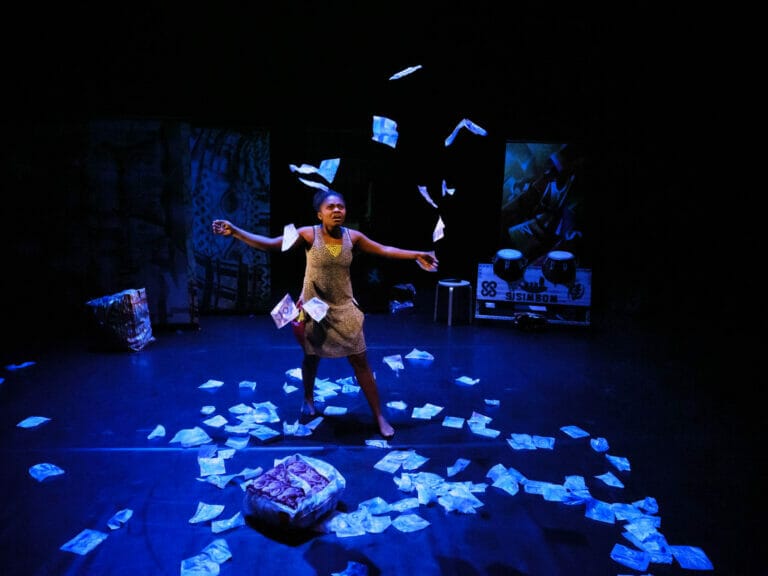
Exploring Creative Arts Therapy
In this article, you will discover creative therapies expressive and diverse approach, the many modalities and their practical applications.
Author: Emily Iniekio
Read time: 3 mins
A Transformative Approach
to Mental Health
What is Creative Arts Therapy?
Creative arts therapy is a form of psychotherapy that uses and utilises creative art forms, including art, music, drama, dance, and play. It is an evidence-based practice that engages in verbal and non-verbal communication through creative expression.
It originated in a formal sense in the 1960’s. Before this, a growing body of evidence was showing the transformative effects of drama, art, dance and music as recreational activities to support those suffering from physical and psychological trauma and mental health decline.
Although commonly known as an effective mental health intervention for children, it has also had huge success across a broad spectrum of age ranges, groups and settings, including hospitals, educational institutions, community mental health facilities, prisons and hospices.
You do not need to be ‘good’ at art, music or drama to engage well with this type of therapy. Sometimes, talking can be overwhelming in a therapy setting. Finding the right words and expressing your emotions verbally can feel difficult. This is where creative therapy allows metaphor, symbolisation and unconscious thoughts to flow in a safe, manageable way that doesn’t overwhelm the client.
Let us have a look at the difference in modalities;
Art therapy
This type of creative therapy usually relies on art materials as its primary expression for clients. This may include painting, drawing, sculpting, photography and many forms of crafting and mark-making. In a session, the therapist can either work alongside the client, sometimes actively participating in the artmaking, or give the client space to work independently. Typically, there’s time for both the therapist and the client to review and reflect on the artwork, discussing the client’s feelings, thoughts, and any insights that may have arisen during the creative process.
Music therapy
This form of creative therapy primarily utilises musical instruments or elements of music (sound, rhythm, harmony) as its main form of expression during a therapy session. Clients may decide to play or listen to music, discuss songs, dissect the meaning of lyrics together, write music, or play instruments with their therapist. Music therapy isn’t the same as listening to music to help you relax. Each session is led therapeutically by an experienced music therapist.
Drama Therapy
Drama therapy mainly uses elements of drama, acting, role-playing and theatre techniques during a therapy session. Emotions, behaviours and situations can be explored through drama, games, role play, puppetry, storytelling, masks, myths, and fairy tales. Drama therapy can cross over easily into music, art, and dance movement therapy and can often employ the body as a form of creative expression. Sessions can often be client-led or work in a thematic structured way, depending on client needs.
Dance-movement therapy
Dance-movement therapy primarily focuses on the body and mind and how both influence and inform each other. This form of therapy uses movement, dance and physical expression to support those who have experienced trauma and perhaps are physically impacted by illness, injury and psychological trauma. This may include conditions like addiction, anorexia, depression, recovery from violence and other bodily traumas. It provides a way for clients to reconnect their bodies with their internal world and feel more at home and comfortable in their bodies.
Play therapy
This form of therapy is primarily focused on children and can encompass sand play, role play and elements of music, art and drama. It may be directive and non-directive, where the therapist allows the child to take the lead. Children struggle to process and reflect on their emotions, so most or all the therapy resides in the metaphor of the play where the child can ‘act out’ or ‘recreate’ emotions or unresolved traumas and, through working with the therapist, gain understanding in learning new coping mechanisms.
How does Creative Therapy work in Practice?
Arts therapies work in much the same way as traditional talking therapies. A client may be referred or self-refer themselves. Sessions are usually arranged in person in a specialised therapy room with equipment and materials appropriate to the creative modalities (art, music, drama, play or dance movement). Usually, sessions are arranged weekly, lasting between 30 minutes and 1 hour. The session can be one-to-one (individual) or in groups.
All creative therapists are trained to a master’s level and receive significant training and experience working with many population groups and a wide range of mental health conditions. How a session works depends entirely on the therapist and client. Sometimes, sessions are client-led; this is particularly common with children or those who feel confident interacting with the materials. Sometimes, it is therapist-led, which happens more often when a client might feel stuck and not know where to begin. Some clients find it helpful to work within a structure, like a specific themed project. This gives them a feeling of safety and grounding. Structured sessions are also more common in group work.
Creative arts therapy offers transformative healing. It’s accessible to all, embracing various modalities. Sessions, led by trained therapists, provide a safe space for self-discovery. In this world of expressive possibilities, we discover the healing power of art, music, drama, dance, and play.
Beyond our January festival, First Fortnight’s commitments continue throughout the year. We offer invaluable free creative therapy programs to those experiencing and at risk of experiencing homelessness.
To learn more about the Creative Arts Therapy Services offered by First Fortnight, you can contact me, Emily Iniekio, Therapeutic Services Manager, via my email, emily@firstfortnight.ie
_____________________________________________
We are Hiring!
First Fortnight is recruiting for the role of Creative Arts Therapist (Art Therapy) to join a dynamic creative therapy team.
For a full Job Spec including required qualifications and how to apply, visit our website: firstfortnight.ie/posts/we-are-hiring/




